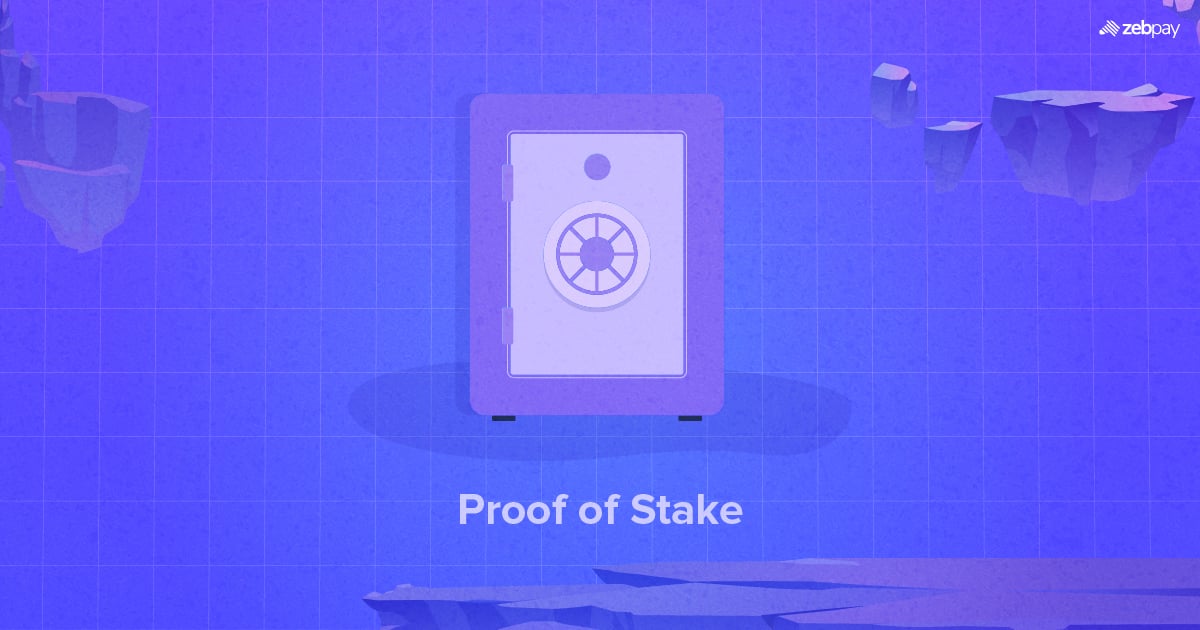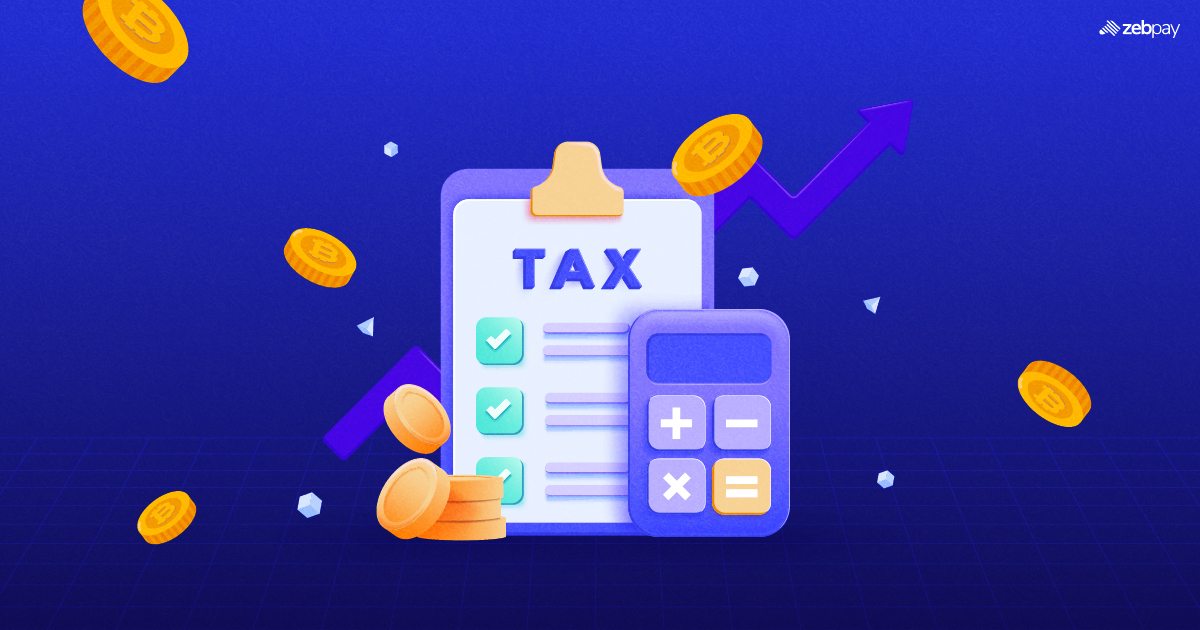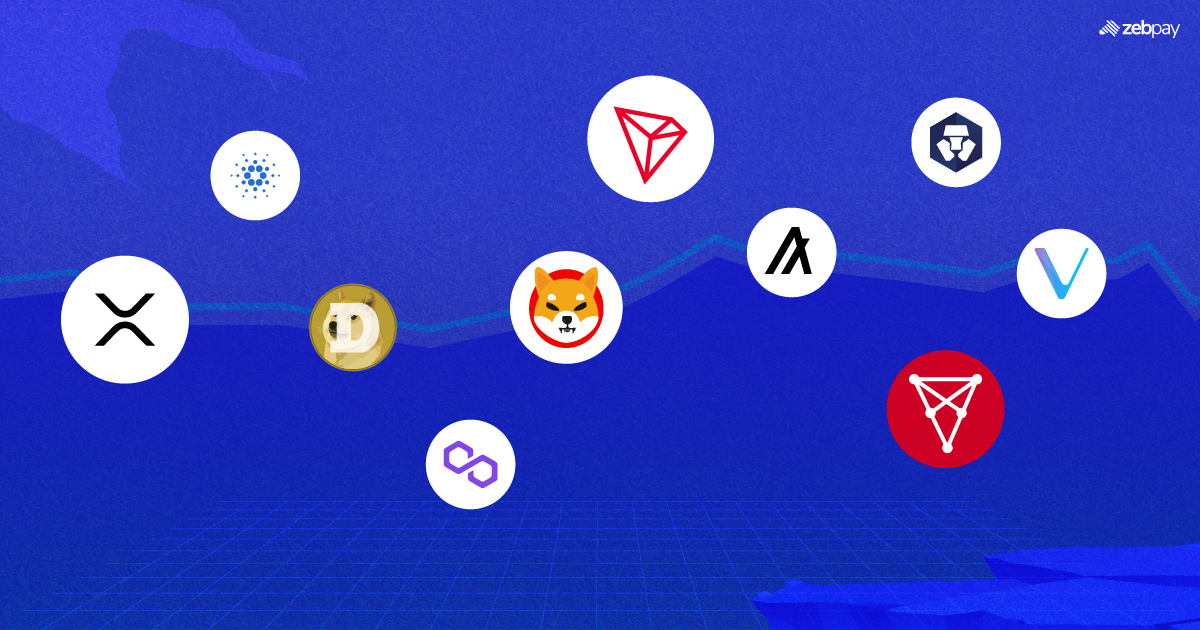Blockchains are decentralised. This brings several benefits like privacy, reduced points of failure and not relying on a third party. But one concern on a decentralised platform is whether all transactions are legitimate. This is where consensus mechanisms come in. They allow users to help the blockchain verify transactions and even be rewarded. While the first mechanism was Proof of Work consensus, the more popular choice today is Proof of Stake (PoS). So what is it and how does it work?
What is Proof of Stake?
The Proof of Stake algorithm allows users to engage with the blockchain and help secure it. Users participating in the validation need to lock in their digital assets. This acts as proof of their investment in the blockchain.
They then get a chance to validate new blocks. Most participants choose to be validators because of the rewards that come along with it. When you successfully add a block to the network, you earn more crypto tokens for the service you provide. But if you validate improperly or try to cheat the system, you stand to lose a part of your staked amount.
Read more: What is Staking
How Does Proof of Stake Work?
The first step of Proof of Stake consensus is staking. Participants “stake” or deposit the required number of tokens into a smart contract. Once they have done so, they have a chance to be selected as validators.
PoS employs a semi-random election process to decide the validators for each block. This process is based on several factors such as the number of tokens staked, total staking time and validation history.
Since there are several validators for each block, blockchains have a threshold for the number of validators who need to agree on its legitimacy for it to be added. Reaching this threshold is known as “achieving consensus”. In most blockchains, if two-thirds of the validators agree on adding the block, then it is passed.
Proof of Work vs Proof of Stake
Advantages
| Proof of Work | Proof of Stake |
| Increased Competition | Energy Efficient |
| More Open Network | Scalable |
| Highly Secure | Direct Incentives |
Advantages of Proof of Work
- Increased Competition – Competition is at the heart of Proof of Work. Participants are in a race to solve cryptographic puzzles the fastest. The one who does it fastest wins the chance to add a block and be rewarded for computing power. This makes the network secure.
- More Open Network – You can start mining on proof of work today, by joining a mining pool with your existing computing devices. You do not need any additional investments to get started with this form of consensus.
- Highly Secure – Hacking a proof-of-stake network would need you to have at least 51% of the computing power on the network, which is prohibitively expensive for any attacker. Therefore, the network is secure from hacking and malicious actors.
Advantages of Proof of Stake
- Energy Efficient – Proof of stake does not require you to use any heavy computer hardware to mine blocks. You only need to stake your tokens to be a validator. This makes it highly sustainable and energy efficient when compared to proof of work.
- Scalable – PoS is must faster than PoW. There are no increasingly complex puzzles to solve and blocks can be easily verified. This makes the network much more scalable and reaches speed many times faster than proof-of-work blockchains.
- Direct Incentives – Proof of stake has a more tangible incentive-punishment cycle. If you validate illegitimate blocks, you lose your staked tokens. On the other hand, the punishment under proof of work is simply the cost of the electricity consumed to mine the block.
Disadvantages
| Proof of Work | Proof of Stake |
| High energy consumption | Lock-in times |
| Not scalable | Hoarding Tokens |
| E-waste | Unproven at Scale |
Disadvantages of Proof of Work
- Energy Consumption – Due to the computing power necessary for solving cryptographic puzzles, proof of work is extremely energy intensive and a single blockchain can consume more energy than entire countries.
- Not Scalable – By its nature, PoW puzzles must be challenging to solve. If they take very little time to solve, then the blockchain will not be secure. However, PoW cannot scale up to meet the demand for more transactions.
- E-Waste – To remain competitive in PoW, miners must purchase the latest hardware to try and win out over all other participants. Older hardware is usually discarded which leads to e-waste generation.
Disadvantages of Proof of Stake
- Lock-in times – Some blockchains can require you to keep your tokens staked for weeks or months after you decide not to engage in validation. This is a security measure to ensure there is no tampering with the blockchain but it can be an inconvenience to the users.
- Hoarding Tokens – Validators may be incentivised to hoard tokens and increase their chances of being picked for each block. This locks in even more tokens and reduces the number of coins in circulation.
- Unproven at Scale – The Ethereum Merge has recently been implemented, but it still remains to be seen whether the benefits of proof of stake hold up at scale. So far, the volume of transactions has remained relatively low on PoS blockchains.
Read more: What is Ethereum Merge
Does Proof of Stake Lead to Centralisation?
Proof of Stake tends towards being more decentralised than Proof of Work. Under PoW, validation is a competition between all users. This prompts users to try and acquire the most powerful hardware and dominate the blockchain. By its nature, it promotes individuals to try and gather more power on the blockchain.
Proof of Stake instead implements semi-random election. While you will still have better chances of being picked if you stake more tokens, the network has safeguards in place to ensure all users have a chance to validate blocks. This leads PoS towards being more decentralised.
Read more: Cefi vs Defi
How To Earn From Proof of Stake?
Acquiring Tokens
The first step to earning from proof of stake is acquiring tokens to stake. This means you have to get a crypto wallet. This can be any software wallet from providers like Metamask or some crypto exchange.
Once you have your wallet, you can buy tokens from any crypto exchange and transfer them to the wallet.
Creating a Node
The next step to becoming a validator and earning block rewards is creating a node. A node is a computer system that holds a copy of the blockchain and participates in validating transactions.
Consult the website of the crypto project you wish to earn from. They usually have detailed guides on the minimum specifications required to become a validator on their blockchain. After assembling the required node, you are ready to start earning from Proof of Stake.
Staking Pools
If you do not have enough tokens or resources to become a validator and run a node, you can participate in staking pools. These are groups of users that pool their money together to run a single node. This allows you to earn from Proof of Stake without investing a lot of your income into it.
Is Proof of Stake Secure?
Proof of Stake is a highly secure method of consensus. This is why it is the mechanism of choice for most new blockchains. Even Ethereum, the second largest crypto token by market capitalisation has switched over to PoS. This would not be the case unless users of the networks trust this mechanism to fulfil the security requirements for crypto and Defi applications.
Final Thoughts
Proof of Stake has rapidly been taking over Proof of Work as the most popular consensus mechanism. Its energy efficiency and scalability are highly desired as the crypto market expands. It can offer faster transactions without compromising on security and decentralisation. Anyone can participate in Proof of Stake and earn through staking pools or by becoming a validator.
Trade Bitcoin and 100+ crypto tokens now on ZebPay. India’s oldest and most trusted Crypto exchange.







